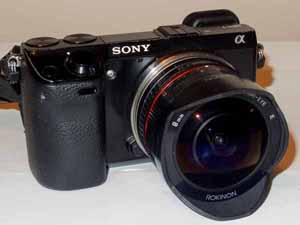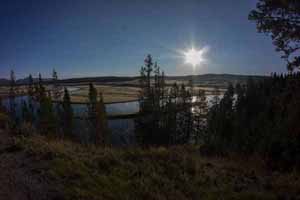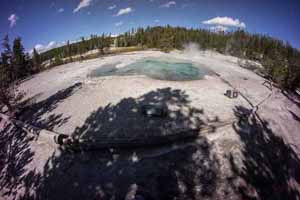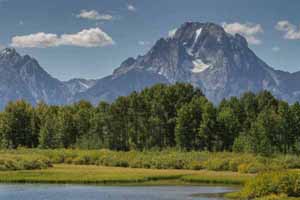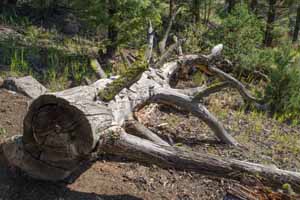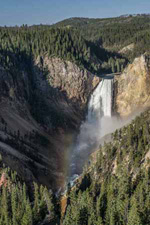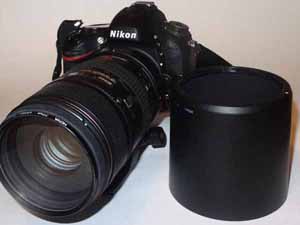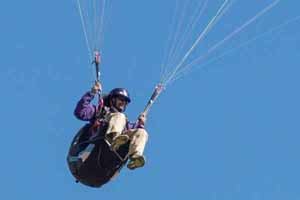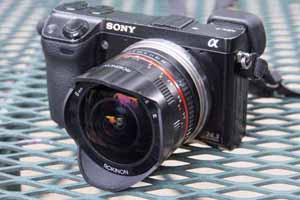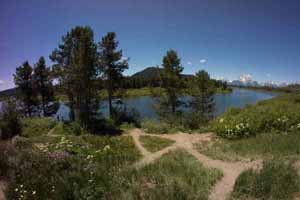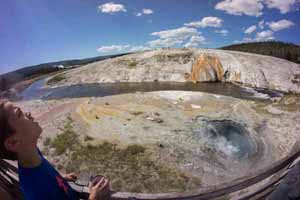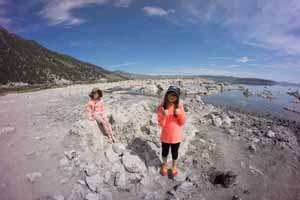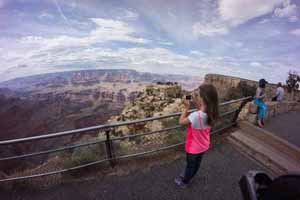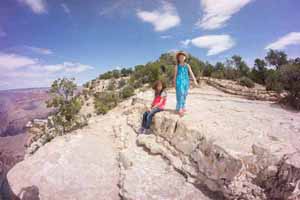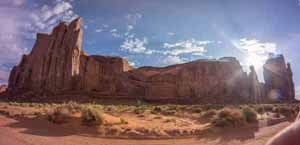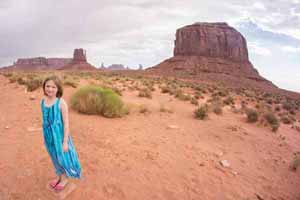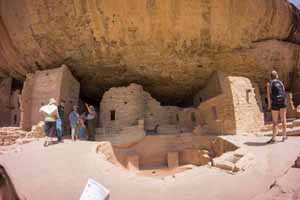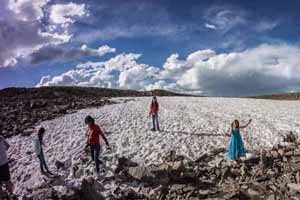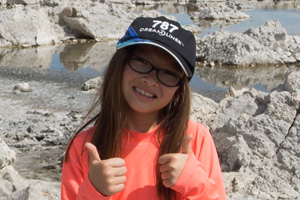Online Magazine
Recent Posts
- Safeguard your Cellphone Photos
- Black & White to Color – Instantly
- Wearing Many Hats
- Video Roundup
- Rescuing Your Blurry Pictures
- Showing Their Age
- What is Your Angle?
- Panorama Photos
- Humorous Photos
- Close Ups
- Fisheye Pictures
- Photo Antiquities
- Printing Big
- Appreciating Scale
- Celebrity Sightings
Tags
More Places to Go
- Free "How-To" Books “How To” books for popular cameras 0
- Vist Us on Facebook keep in touch with us on Facebook 2
Archives
- July 2023 (1)
- March 2023 (2)
- February 2023 (1)
- December 2022 (1)
- October 2022 (1)
- September 2022 (8)
- August 2022 (9)
- July 2022 (1)
- June 2022 (1)
- June 2021 (1)
- May 2021 (1)
- March 2021 (5)
- February 2021 (4)
- January 2021 (2)
- April 2019 (1)
- March 2019 (1)
- February 2019 (1)
- October 2018 (2)
- April 2018 (1)
- March 2018 (4)
- February 2018 (1)
- November 2017 (1)
- August 2017 (1)
- June 2017 (1)
- April 2017 (1)
- March 2017 (5)
- February 2017 (2)
- January 2017 (1)
- October 2016 (1)
- September 2016 (1)
- August 2016 (1)
- July 2016 (1)
- May 2016 (1)
- April 2016 (1)
- March 2016 (2)
- February 2016 (1)
- January 2016 (2)
- December 2015 (1)
- November 2015 (1)
- October 2015 (3)
- April 2015 (1)
- March 2015 (5)
- February 2015 (1)
- January 2015 (4)
- December 2014 (2)
- November 2014 (5)
- October 2014 (2)
- September 2014 (1)
- August 2014 (2)
- July 2014 (1)
- May 2014 (1)
- April 2014 (5)
- March 2014 (5)
- December 2013 (2)
- November 2013 (18)
- October 2013 (1)
- September 2013 (1)
- August 2013 (1)
- July 2013 (1)
- June 2013 (3)
- May 2013 (1)
- April 2013 (2)
- March 2013 (1)
- February 2013 (1)
- January 2013 (1)
- December 2012 (1)
- November 2012 (2)
- October 2012 (2)
- September 2012 (5)
- August 2012 (2)
- July 2012 (1)
- June 2012 (1)
- May 2012 (1)
- April 2012 (4)
- March 2012 (1)
- February 2012 (1)
- January 2012 (3)
- December 2011 (1)
- November 2011 (3)
- October 2011 (1)
- September 2011 (2)
- August 2011 (2)
- June 2011 (3)
- May 2011 (4)
- April 2011 (8)
- March 2011 (8)
- February 2011 (10)
- January 2011 (6)
- December 2010 (11)
- November 2010 (14)
- October 2010 (6)
- September 2010 (12)
- August 2010 (2)
- July 2010 (4)
- June 2010 (3)
- May 2010 (1)
- April 2010 (1)
- March 2010 (2)
- February 2010 (1)
- January 2010 (1)
- December 2009 (1)
- November 2009 (2)
- October 2009 (2)
- September 2009 (1)
- August 2009 (3)
- July 2009 (2)
- June 2009 (1)
- May 2009 (2)
- April 2009 (1)
- March 2009 (2)
- February 2009 (1)
- January 2009 (3)
PhotoPlus Conference & Expo
12th October 2015
I have a strong interest in staying on top of the rapidly evolving picture taking techniques and amazing new advances in photo equipment. One way of doing this is for me to attend the various conventions and meetings. On my docket is the upcoming PhotoPlus Conference & Expo.
Next week I’ll be going to New York City and the Javits Center where PhotoPlus runs from Wednesday, October 21 through Saturday, October 24th.

Traveling to New York is always an enjoyable trip for me. I was raised in Westchester, just a stones throw from NYC. I’m anxious to ride the subway to the brand new Hudson Yards station (across the street from Javit’s). Taking the subway will save me a couple of miles walk from Grand Central to Javits.
What is PhotoPlus?
Since 1983, PhotoExpo has grown to be the largest photography show in the US. The conference is geared towards amateur and professionals who can sit in on more than one hundred seminars and classes ranging from posing and lighting techniques to business and promotional practices. Seminar and class instructors are led by noted professionals who are anxious to share their know-how. With New York City as a backdrop several accompanied photo walks are scheduled for attendees can explore the city photographically.
PhotoPlus also attract attendees to the expo where more than 200 exhibitors are showing their latest equipment, supplies and services. They’ll get hands-on time with cameras, lenses, flashes, gadgets, and accessories galore. Several large vendors are on hand at the expo for those ready to buy new equipment. Many vendors present live on-floor demonstrations of their equipment and services so attendees can see the products in action.
As an interested photographer, if you’re in the New York City area next week consider attending. Here’s where you’ll find more information at the PhotoPlus Conference & Expo.
Written by Arnie Lee
Am I Equipped Right?
30th September 2014
Like many other dedicated photographers, I’ve somehow accumulated a sizable stash of photo equipment over the years. I’ve also gained a lot of experience knowing what equipment I’ll need for a particular type of shooting.
My last two assignments were a combination of travel and outdoor shoots. My aging back and wobbly knees beg me to travel as lightly as possible for two reasons: a) to minimize the size and weight of the load that I carry and b) to reduce the amount of time I need to get ready for any given shot.
Since I don’t like carrying camera bags or backpacks, I rarely carry extra lenses. On hikes, it’s a chore for me to search for the right lens and change it on the fly, especially if wildlife is the subject matter. It’s far faster for me to slide the desired camera/lens setup on its shoulder strap up to my eye and be ready to shoot in a few seconds.
After these two recent assignments, I’ve zeroed in on a reasonable set of cameras and lenses to use when traveling long and far. I based my choice on the range of the lenses that I typically use: a very wide angle, a medium range telephoto zoom and a long range telephoto zoom.
For several years, I’ve come to rely on Sony’s NEX series of mirrorless cameras. Not only are they compact and lightweight, but they have several features that I appreciate such as the electronic viewfinder which instantly previews your exposure adjustments and a mode that captures in-camera panoramas. One drawback of these mirrorless cameras is that there isn’t a long telephoto lens available. For this I have to stick with a full-frame Nikon DSLR.
So there you have it, my equipment of choice for outdoor photography. Of course, not everyone has the same preferences or requirements in the field as myself so this set up may not work universally. But for me being properly equipped has proved to be an ideal way for me to work comfortably, quickly and efficiently.
Written by: Arnie Lee
What a View
27th August 2014
Wide Angle to the Extreme
It’s eye-catching when I see a photo that “bends” the horizon.
This bend comes from the camera’s lens. Use a very wide angle lens and you’ll see the curved “barrel” distortion on the images. One well-known type of wide angle lenses is the fisheye. These lenses typically have a field of view approaching 180 degrees – allowing you to capture the entire scene in front of the camera.
Until recently, fisheye lenses were expensive. I have one that cost well over $1500. But when I was looking for an ultra-wide angle for my Sony equipment, I found an inexpensive lens made by Rokinon. With its $300 price tag, I was a little skeptical of the quality of images from such a low cost lens but decided to try it regardless.
Here’s a short gallery of some of the scenes that I captured during my first outing with the lens a few weeks ago.
After my short time with this lens, I am no longer skeptical of it’s quality. The images are tack sharp with very good color reproduction. If you’re on the lookout for an ultra-wide, include this lens in your search.
The Rokinon 8mm f/2.8 fisheye is also available for other camera models as well: Fuji, Samsung and Canon M mount. Other similar versions with a maximum f/3.5 aperture are available for Canon, Nikon, Sony A mount, Pentax and Olympus 4/3.
Written by: Arnie Lee

